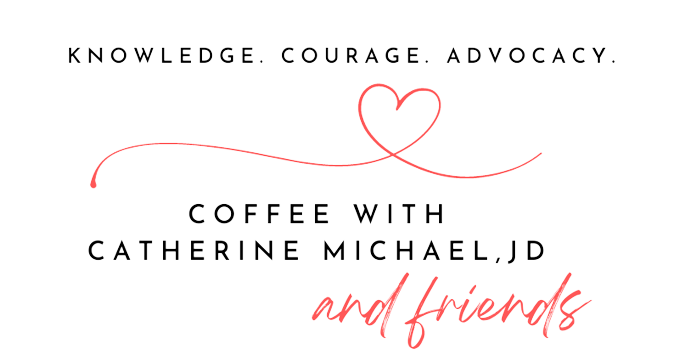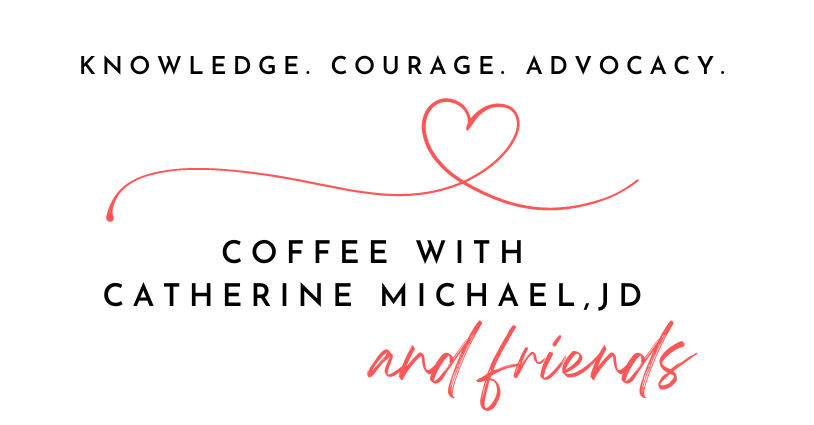Response to intervention (RTI) is not special education or Section 504. It is a program for general education students who are not eligible for special education but need a bit of extra assistance to help them progress.
Response to Intervention
There are three tiers in most RTI programs in public schools. They are each tailored to ensure a high level of support, with increasing assistance for students at each level. Optimally they provide a high level of reteaching, assistance, and support for students who may not have a disability but who have fallen behind or need support for a variety of reasons.
The RTI Tiers
Tier 1 is where the majority of students who need a little extra assistance are found in Tier 1, which is a tier focused on ensuring that kids don’t fall further behind. It is basic interventions and reteaching of grade level concepts.
Tier 2 is a bit more intensive, and a much smaller number of students are in Tier 2. These students are considered at moderate risk for failing or falling behind. This will often consist of additional tutoring, one-to-one intervention, summer reading classes, and other interventions to help students catch up.
Tier 3 is the most intense of the interventions. This should consist of a high level of structure, interventions, programming, and reteaching of concepts to ensure that the student is able to catch up and succeed.

Frequently Asked Questions
What if my child doesn’t have a disability but is not making progress in RTI?
Request that the school provide a full pychoeducational evaluation on your child or pursue an Independent one. Also seek a vision and/or hearing test.
Can RTI be used before testing for special education?
Yes but if a child is suspected of having a disability an evaluation should be done.
Can RTI be used with special education?
Special education is specialized instruction tailored to the unique needs of an individual child. Therefore programming should be specific to the child’s needs.


